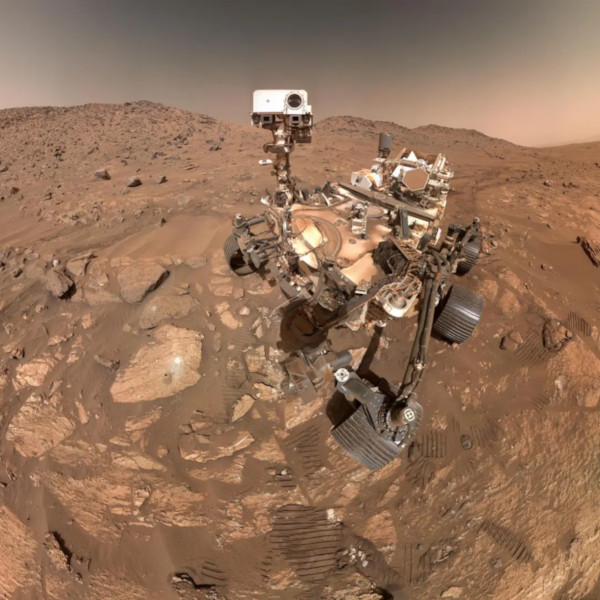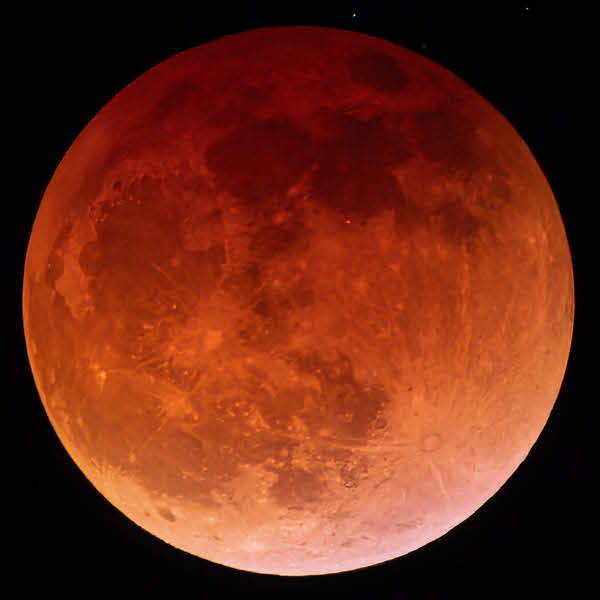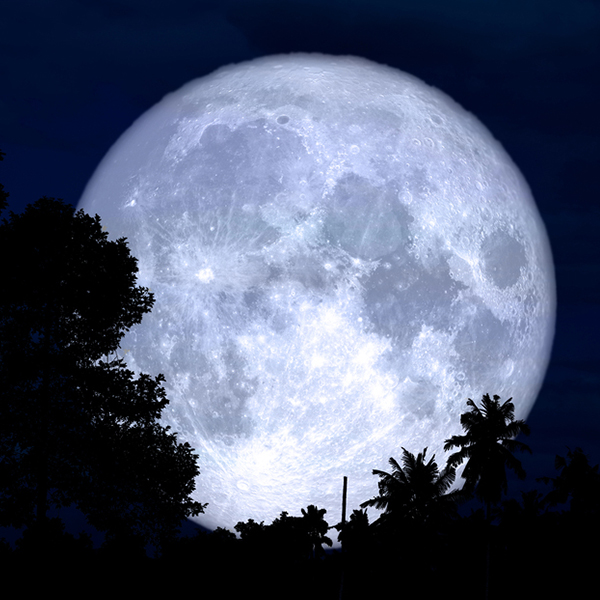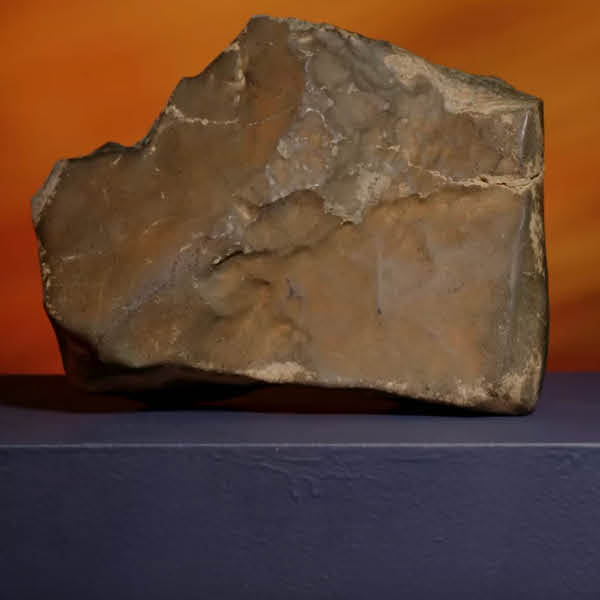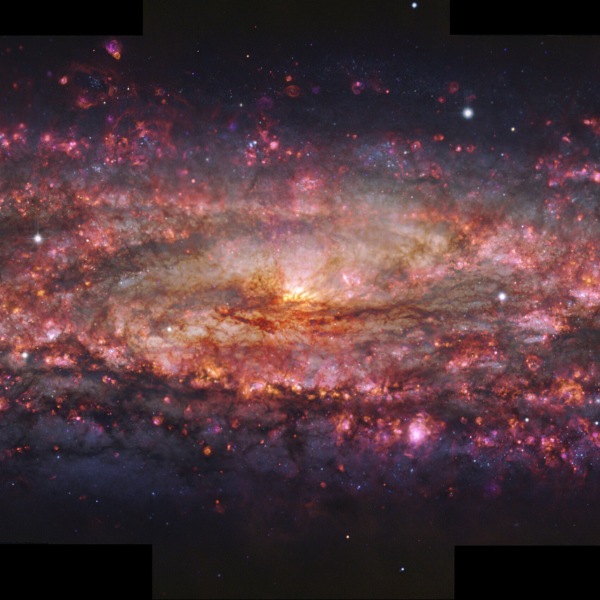
The Moon over Baku, Azerbaijan. (Photo: [email protected]/Depositphotos)
The Moon is a central fixture of our sky, lighting the night and sometimes even showing its grey face in daylight hours. Slivers, halves, and full moons… humans have tracked the cycle of the celestial body for millennia. Yet the familiar movements of the Moon have not always been those we observe each night in modern times. The Moon used to be much closer to Earth billions of years ago, and even today it is still moving away from Earth at a rate of 3.8 centimeters per year, as NASA discovered in 1994.
When Apollo 11 landed on the Moon in 1969, the astronauts placed a reflector array in the region of the Moon's surface known as the Sea of Tranquillity. The reflector is made of fused silica half-cubes, called corner cubes, mounted in a square aluminum panel. When laser beams are directed at it from Earth, they bounce back off the reflector to be collected by scientific instruments on our planet. “Lunar ranging involves sending a laser beam through an optical telescope,” Dr. Jean Dickey said in 1994. “The beam enters the telescope where the eye piece would be, and the transmitted beam is expanded to become the diameter of the main mirror, then bounced off the surface toward the reflector on the Moon.” Through this process, NASA calculated the distance between Earth and the Moon at a given time.
By tracking distance data, astronomers came to discover that the Moon is, in fact, drifting away from Earth as it orbits. The distance between the two expands by 3.8 centimeters per year. However, this rate cannot have held constant since the Moon's formation about 4.5 billion years ago, for the math would put the Moon and Earth in the same place 1.5 billion years ago. According to Joshua Davies and Margriet Lantink, the authors of a paper alongside several other scientists, the mystery of how close the Moon used to be can be solved by looking at rock layers.
By examining ancient, eroded sediment layers in Australia, the researchers were able to examine a Milankovitch cycle. Milankovitch cycles are natural cycles that have changed over time and affect the reception of sunlight. These include the length of Earth's orbit and the tilt of its axis. They also include the climatic precession cycle. “As Earth spins, its axis wobbles in a circle,” science writer Tereza Pultarova explained. “This effect is called axial precession. As a result, in our era, the axis points in the North toward the star Polaris, which is known as the North Star.” In the future, it will point somewhere else.
By linking sediment deposits preserved in ancient rocks to this cycle, the scientists postulated that the Moon was much closer 2.5 billion years ago when the rocks formed. It was about 60,000 kilometers (or 37,282 miles) closer to the Earth, and a day was only 17 hours long.
“It’s quite amazing that past solar system dynamics can be determined from small variations in ancient sedimentary rocks. However, one important data point doesn’t give us a full understanding of the evolution of the Earth-Moon system,” Davies and Lantik wrote. “We now need other reliable data and new modeling approaches to trace the evolution of the Moon through time. And our research team has already begun the hunt for the next suite of rocks that can help us uncover more clues about the history of the solar system.”
By tracking reflected light off the mirrors on the Moon, astronomers can tell that the Moon is moving away from Earth at a rate of 3.8 centimeters a year.
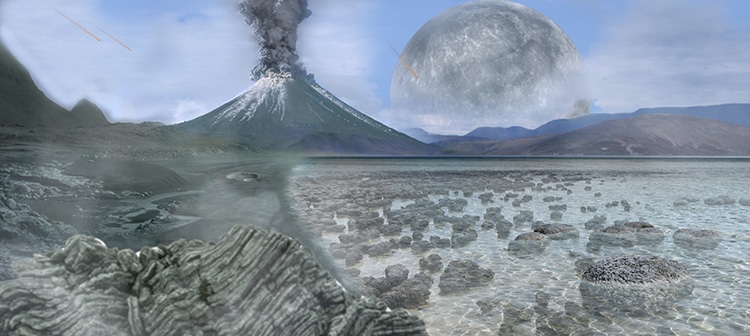
An artist's impression of the closer Moon about four billion years ago. (Photo: Tim Bertelink via Wikimedia Commons, CC BY-SA 4.0)
The Moon used to be much closer to Earth, and the rate at which it moves away appears to have changed.
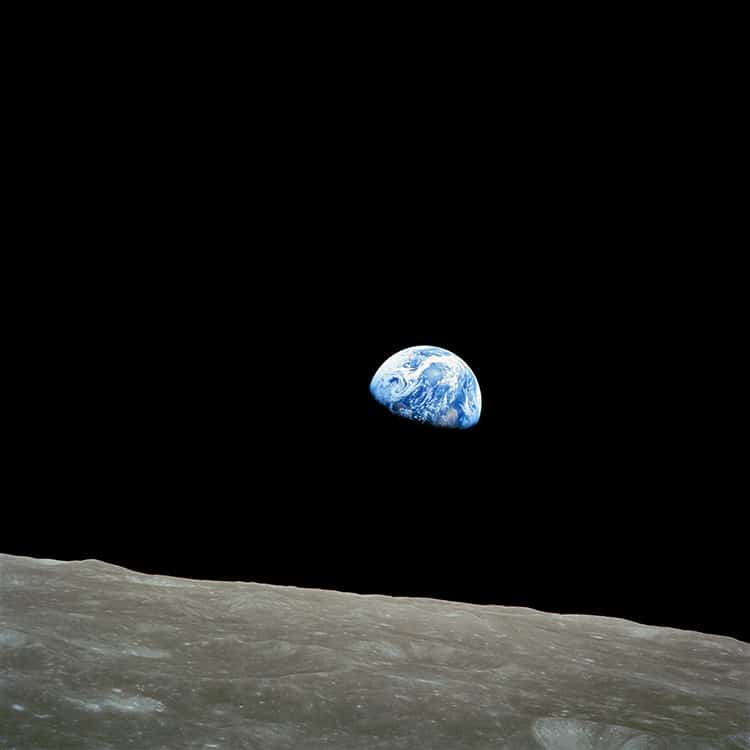
The Earthrise as viewed from the Moon in December of 1968. (Photo: Wikimedia Commons, Public domain)
h/t: [IFL Science]
Related Articles:
Astronomers Discover Surprising Rings Around Dwarf Planet Quaoar
Green Comet Makes an Appearance for the First Time in 50,000 Years
Tiny Meteorite Collected in 2021 Contains the Building Blocks of Life
James Webb Space Telescope Releases Stunning New Shot of the Pillars of Creation













































































